Frog Troublers, the raptors need our help!
You probably know that a raptor is a bird of prey, which hunts and feeds on other vertebrates. Raptors include the bald eagle Bea is spying on above, as well as hawks, owls, osprey, falcons, kites, and vultures. These majestic birds are keystone species, helping to keep the ecosystem in balance. Many raptors also scavenge, helping to clean up stinky dead meat and returning nutrients back to the ecosystem. As indicator species, raptors also help us learn when something has gone wrong in nature.
How do things go wrong for raptors? Sometimes they get hit by cars or collide with barbed wire or power lines. Often they are poisoned by lead, which happens when they eat rodents or birds that contain lead fragments. What do all of these dangers and injuries have in common?
You guessed it. They were caused by humans.
But some great humans devote a lot of time to caring for these birds. Maybe they remember back when we thought bald eagles might become extinct, and how conservation and the banning of DDT made them one of the few species to make it off the endangered species list. Maybe they love, like us, listening to owls call at night. Who doesn’t get a thrill seeing an owl or a hawk gliding through a forest or over a field?
Beth Browne, an avid Frog Troubler who has given us many ideas, writes that the American Wildlife Refuge, AKA the Raleigh Raptor Rescue, is having a free public Owl-entine event this Sunday—and you’re invited! The 100% volunteer-run nonprofit rehabilitates injured raptors like owls, eagles, hawks, and falcons. They treat between 150 and 300 injured birds a year, releasing those that can survive back to the wild, and caring for those that need long-term refuge.
The Raptor Refuge is located on Beth’s farm in Clayton, NC. Beth writes, “It’s going great and they are wonderful tenants but they need your help (and everyone else’s!) to keep rescuing these majestic birds. They’re having an event on Feb 12 at 1pm on my farm (1000 McLemore Rd, Clayton NC). It’s a totally kid-friendly event and they have quite a few birds they will be showing, including, I hope, a bald eagle! The owls are just adorable and they have hawks and vultures.”
We plan to go, if the weather cooperates! It’s perfect timing for us because Bea’s class recently dissected owl pellets as part of their unit on bones. I’ll let Bea tell you about that cool activity:
What is an owl pellet, you ask?
When an owl eats something it has to choke it down all in one bite because owls don’t have teeth. But the owl can’t digest the bones nor the fur.
An owl has an extra organ in its body called a gizzard. This organ takes the fur and bones from mice, rats, voles, birds, and other vertebrates and compacts them into a pellet. The owl coughs up a pellet, a rodent-sized ball of fur and bones. Sort of like a hairball, but even grosser.
We sometimes see owl pellets on our walks. It’s not safe to touch an owl pellet that hasn’t been sanitized—they can carry disease. The ones we used in class had been heated and sanitized, and then wrapped in aluminum foil. We used toothpicks to dissect them, looking for bones, fur, and feathers.
My owl pellet had a pelvis bone, rib bones, a jawbone, and a full vole skull with teeth!
Dissecting owl pellets gave me and my mom this idea for Valentine’s cards for my class:
We would also be glad to send YOU one of these handmade cards, complete with candy “pellet,” to keep for yourself or to send to a friend. Or we’ll mail them to someone you love. Just make any donation to the Raptor Center and tell us your favorite raptor over email or in the comments below! All donations go right to the birds!

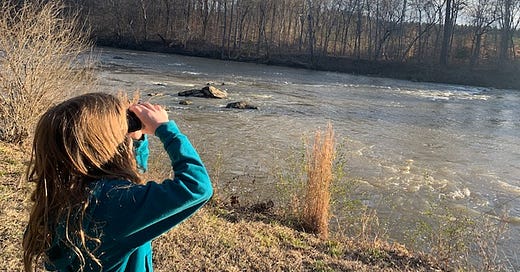



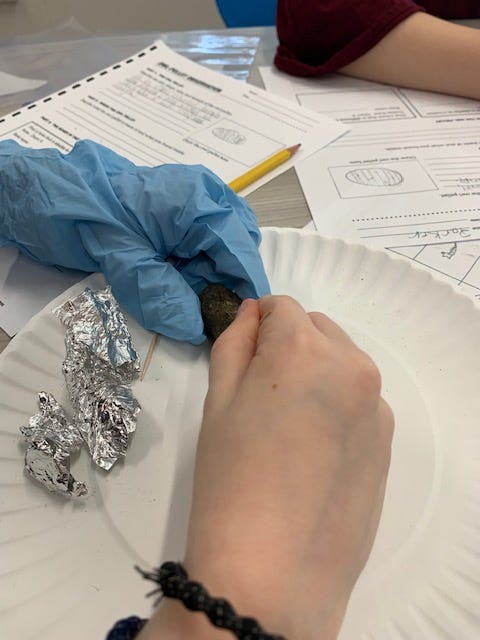
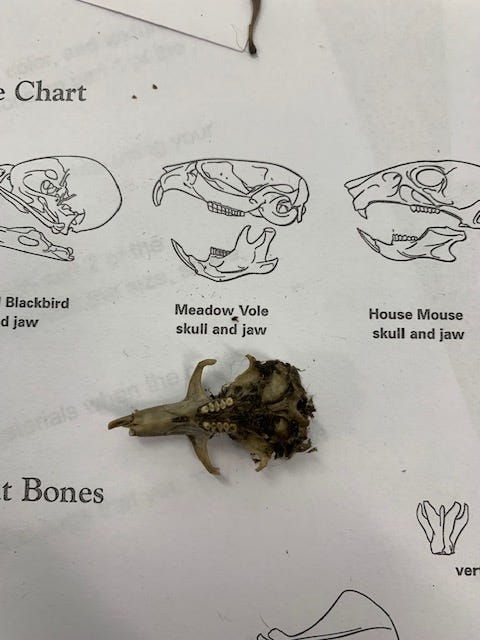
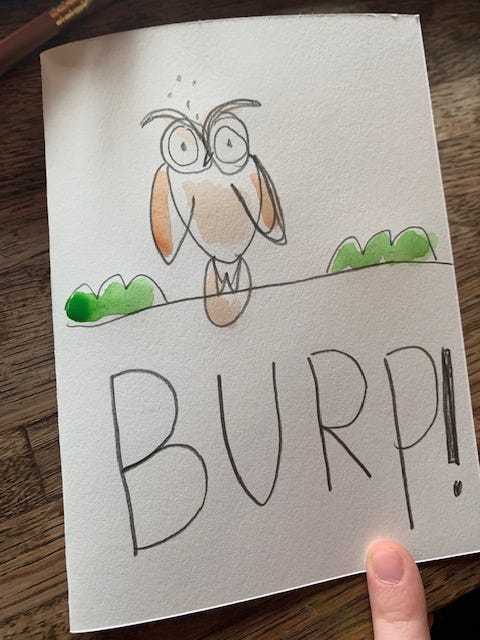
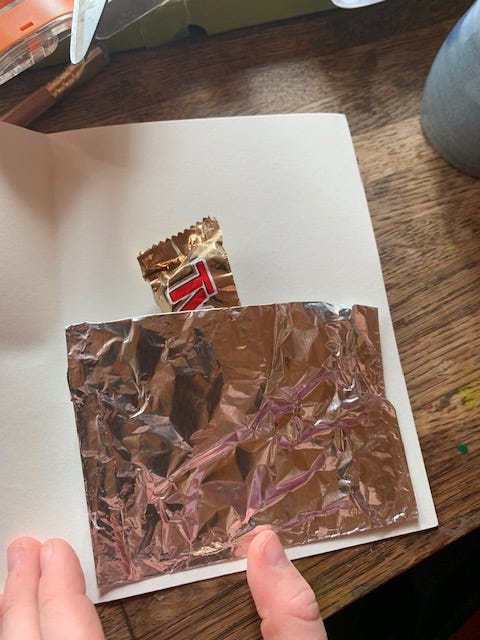
Your post reminded me how wonderful biology is. It seems like a long time ago as a biology graduate student, I had a project to sort fhrough California sea lion scats and spewings for fish otoliths (earstones). The mammals regurgitate the larger bones and pass the small ones. These are not small pellets! The fish otolith has rings that tell you the age and size of the fish that was eaten, even the growth rate of the fish. With some other key information, I could get an idea of the impact of sea lion feeding on the local fish population. One evening, I was earnestly describing my project to some friends over dinner. They were MBA business graduates. One of them burst out laughing hysterically at how I would spend my time. I realized then, that biologists see the world very differently from most folks. Not that it's better, but as a community it's important to have people engaged in different activities. What we do all day long gives us a unique perspective on what's important and what we have to offer back to the world we live in.
So owls don’t poop and I learn something new every time I read FrogTrouble Times
WHO ray for Beth Browne and WHO ray for FTT